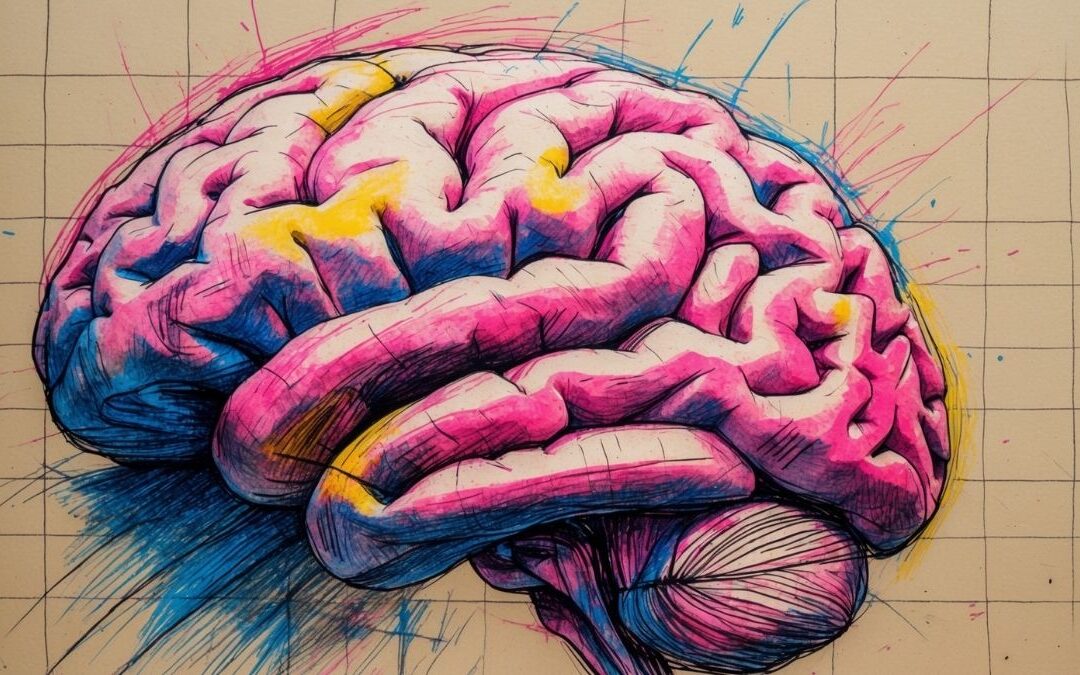Using the Across and Down clues, write the correct words in the numbered grid below. (Hint: All the words you need are included in the text below…
The Heft of Time: The History and Evolution of the Chronometer
Throughout the ages, the measurement of time has been an essential aspect of human civilization. The invention of the chronometer has played a crucial role in advancing our understanding and synchronization of time. This article aims to explore the various stages in the development of this important device, as well as its impact on different aspects of society, including its artistic influences, the vagary of its accuracy, and its role in scientific discovery.
The ancient roots of the chronometer can be traced back to the redivivus, an early timekeeping device used by Babylonian astronomers to measure time. Redivivus, meaning “restored to life,” was constructed using intricate gears and dials, allowing for a more accurate representation of time than earlier methods, such as sundials and water clocks. The redivivus served as an essential stepping stone in the development of modern timekeeping devices.
The chronometer as we know it today has its origins in the 18th century. The heft of responsibility for accurate timekeeping fell on the shoulders of John Harrison, an English clockmaker, who invented the marine chronometer. This groundbreaking device allowed sailors to determine their longitude at sea, thereby revolutionizing navigation and leading to an era of unprecedented global exploration.
One notable vagary of early chronometers was their susceptibility to temperature fluctuations and external forces, such as humidity and gravity. These inconsistencies in accuracy led to ongoing efforts to refine and perfect the timekeeping mechanisms within the device. With each innovation, the chronometer’s reliability improved, allowing it to become an essential tool for scientific discovery.
The bacchanalian nature of artistic expression has also been influenced by the chronometer. The arabesque, a design element characterized by intricate, interlacing patterns, was often incorporated into the cases and dials of high-quality chronometers. These arabesque designs not only elevated the aesthetics of the devices but also served as a symbol of the fusion of art and science, as well as the soaring aspirations of human achievement.
Over time, the chronometer has evolved into a myriad of various forms, from pocket watches to wristwatches and, more recently, to digital timekeeping devices. Although the technology has changed, the essential function of the chronometer remains the same: to provide an accurate, reliable measure of time.
Throughout the history of the chronometer, there have been many who have sought to remonstrate against its significance or necessity. Some argue that the reliance on such devices has diminished our innate ability to sense the passage of time, while others claim that the ubiquity of timekeeping devices has led to an unhealthy obsession with punctuality and efficiency.
Regardless of the rap these critics may lay on the chronometer, its importance in shaping human history cannot be understated. The invention and evolution of this device have impacted our understanding of time, our exploration of the world, and our artistic expression. As the chronometer continues to soar to new heights of accuracy and innovation, it remains a testament to human ingenuity and the unyielding pursuit of progress.










0 Comments